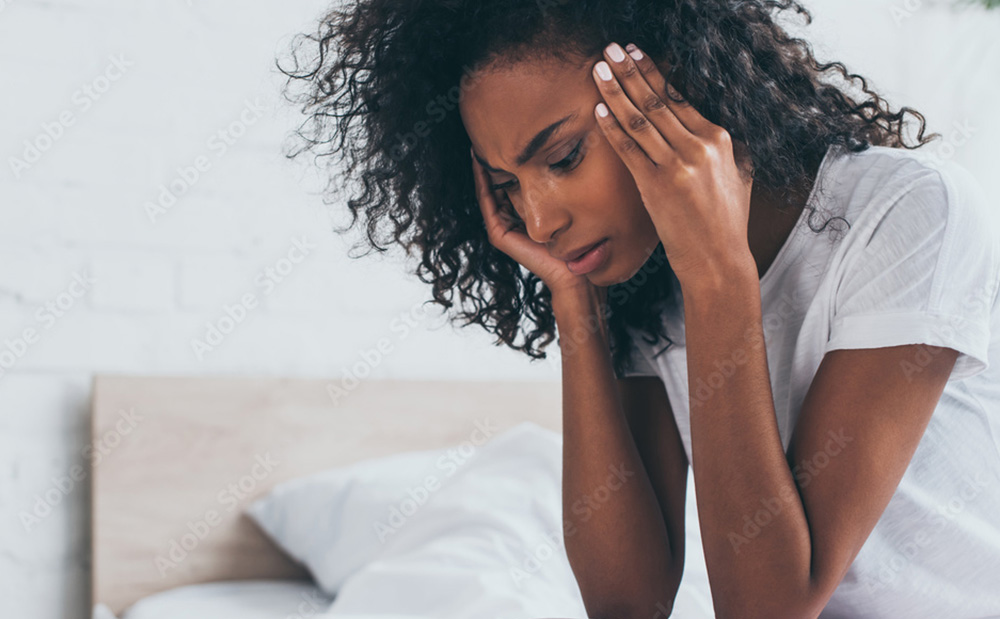
Daylight saving time can provoke mixed feelings: some people look forward to the change in time, while others begrudge it. Beyond anyone’s preferences, seasonal changes in light exposure can have a big impact on those with mental health conditions like bipolar disorder (BPD), according to a study published in late 2023. (1)
In this study, researchers checked how often people missed work because of mental disorders. Over 12 years, they looked at more than 400,000 patients from ages 16 to 67 and found that people with bipolar disorder experienced their most manic episodes from March to July, and that depressive symptoms were more common in the fall and winter months.
To better understand the connection between light and bipolar disorder, let’s look at the bigger picture.
What is Bipolar Disorder?
First off, we need to understand how bipolar disorder works. We all have high-energy and low-energy moments, but people with BPD experience these moments as extremes. Bipolar disorder is a mental illness that causes both manic and depressive phases. (2)
In a manic phase, someone with BPD may feel elated, energized, and sometimes irritable. Depressive phases can provoke sadness, indifference, and feeling dejected. Bipolar disorder can be treated with medications and psychotherapy, under the guidance of a mental health provider. (3)
Season Changes and Mental Health
Transition from one season to the next may fill you with joy or melancholy, but for those with mental health disorders, these changes can have a stronger effect. (3) One reason for this may come from a disruption in your circadian rhythm, which is the internal clock that tells your body when to be active and when to rest. (4)
Typically, spring is the toughest time for people with bipolar disorder, says Dr. Bruce Bassi, MD, a psychiatrist based in Chicago. These results suggest sudden changes in light exposure can trigger manic or depressive episodes, information that may help employers and healthcare providers better prepare people with BPD for the shift that comes with seasonal light changes.
“Seasonal changes, along with daylight saving time changes, may further disrupt daily routines including sleep, which can [lead to] mood instability,” says Dr. Elizabeth Wassenaar, MD, regional medical director for the Eating Recovery Center and Pathlight Mood & Anxiety Center.
The study results showed depressive episodes peak in winter, and can be a part of seasonal affective disorder (SAD) — a subtype of both clinical depression and bipolar disorder. (1) If this information stresses you out, remember that you can talk with your provider about strategies to manage the change of seasons and stay at your best!
Callout: High-latitude population areas report higher levels of mental health disorders compared to those closer to the equator, and experts believe this is because our bodies weren’t designed to deal with big changes in daily light. (1)
The Mental Impact of Daylight Saving Time
Your circadian rhythm doesn’t love change: its whole vibe is to keep you on an even keel, and the shift in evening light that comes with daylight saving time can disrupt your natural seasonal adjustment. (6) After daylight saving time kicks in, you see less light in the morning, and more in the evening. But your schedule can’t change, so your circadian rhythm is left trying to make it all work.
If you have bipolar disorder, Wassenaar recommends getting prepared for any changes in light coming up. “Be sure to make plans to keep a consistent routine, especially related to eating regularly, sleeping on a schedule, and frequently checking in with your providers on how you are doing,” Wassenaar says. “Plan ahead with things you’ll need to support your sleep, including eye shades, blackout curtains, and prescriptions to support sleep hygiene, at the recommendation of your prescriber or psychiatrist.”
Seasonal changes should also be an important factor when diagnosing patients with bipolar, says Bassi, who encourages all people with BPD and their providers to talk about their diagnosis with this in mind.
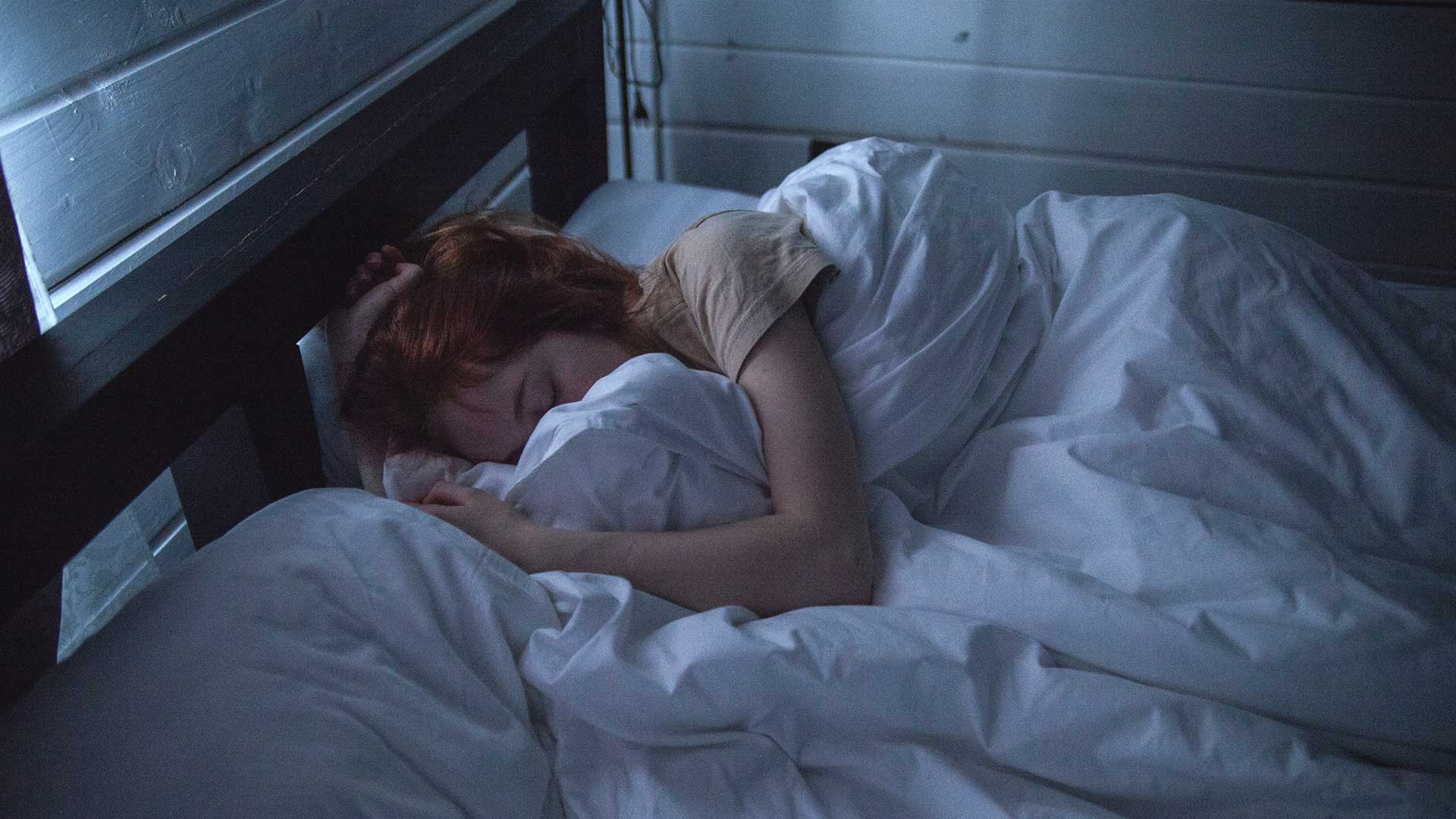
Bipolar Disorder: Seasons and Sleep
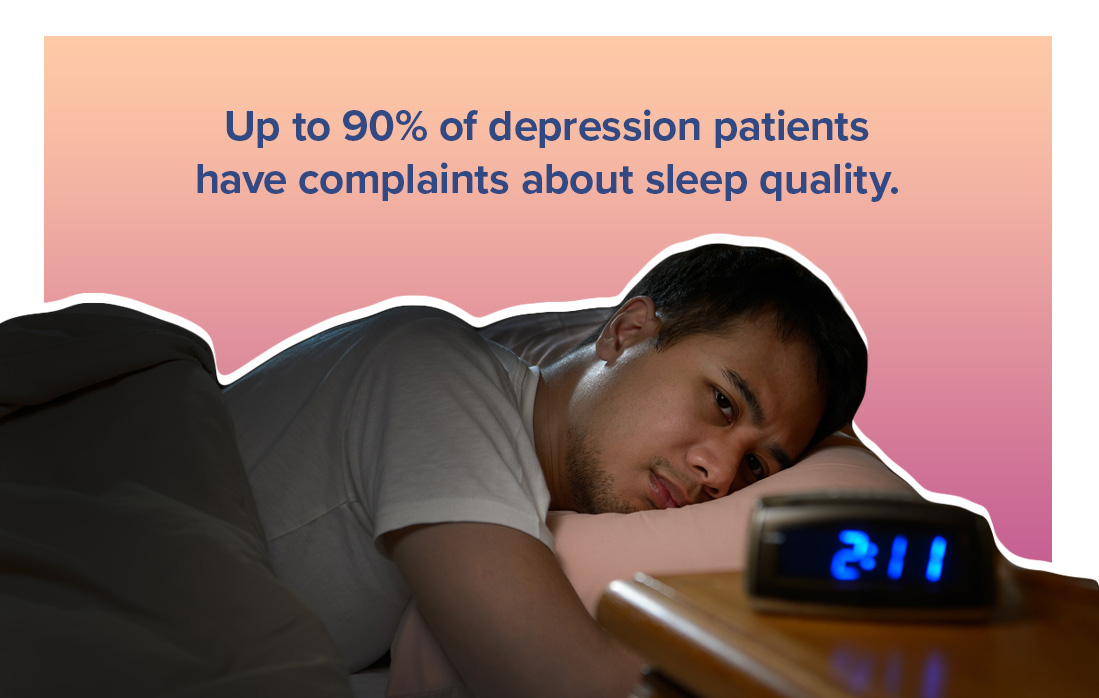
Depression and Sleep: Understanding the Relationship
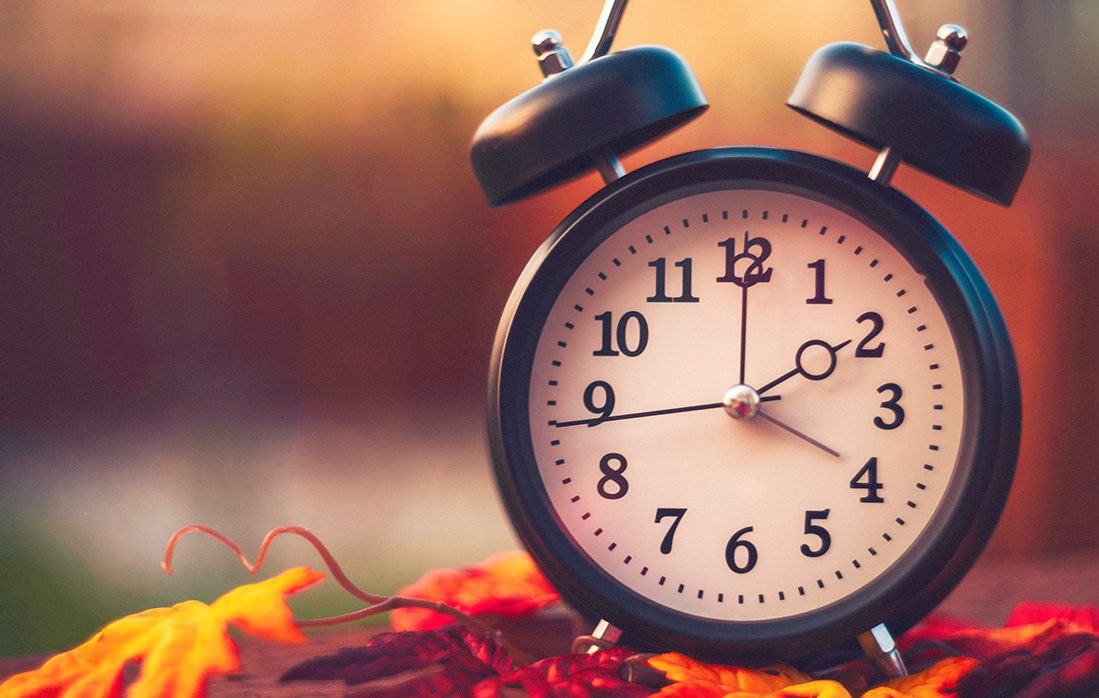
A Brief History of Daylight Saving Time
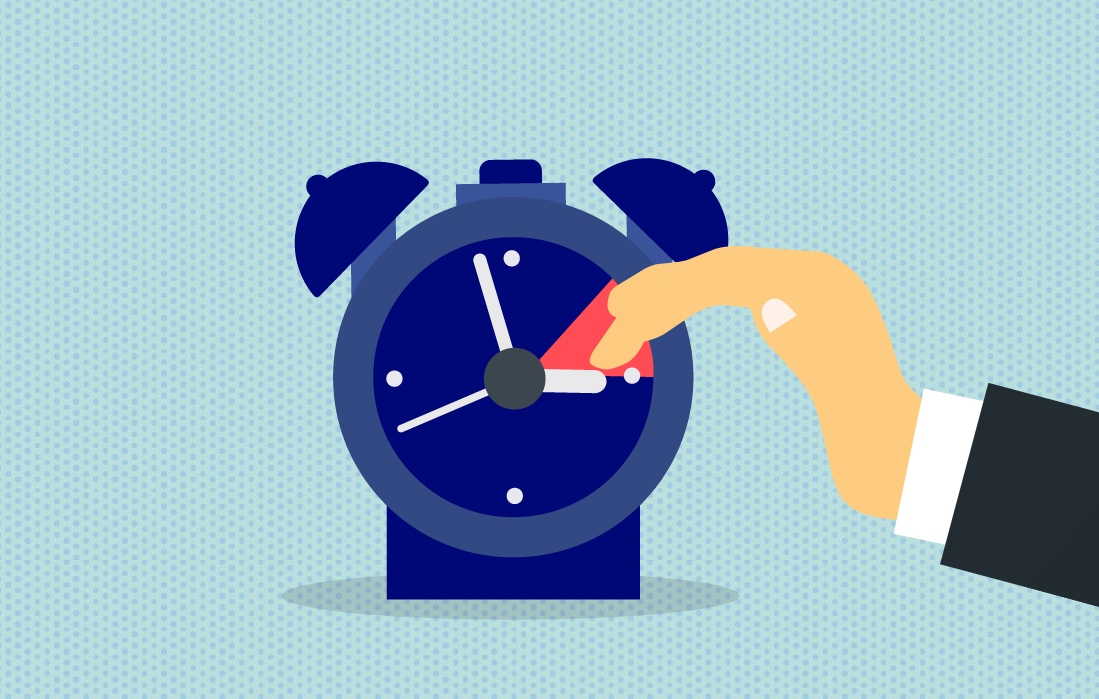
6 Easy Ways to Help You Adjust to Daylight Saving Time
Sources
1. Virtanen M, Törmälehto S, Partonen T, et al. Seasonal patterns of sickness absence due to diagnosed mental disorders: a nationwide 12-year register linkage study. Epidemiology and Psychiatric Sciences. 2023;32:e64. doi:10.1017/S2045796023000768
2. Bipolar Disorder. Accessed October 21, 2023. https://www.nimh.nih.gov/health/publications/bipolar-disorder
3. Bundo M, Preisig M, Merikangas K, et al. How ambient temperature affects mood: an ecological momentary assessment study in Switzerland. Environ Health. 2023;22(1):52. doi:10.1186/s12940-023-01003-9
4. Circadian Rhythms. Accessed January 14, 2024. https://www.nigms.nih.gov/education/fact-sheets/Pages/circadian-rhythms.aspx
5. Seasonal affective disorder: MedlinePlus Genetics. Accessed October 21, 2023. https://medlineplus.gov/genetics/condition/seasonal-affective-disorder/#resources
6. Rishi MA, Ahmed O, Barrantes PJH, et al. Daylight saving time: an American Academy of Sleep Medicine position statement. Journal of Clinical Sleep Medicine. 16(10):1781-1784. doi:10.5664/jcsm.8780
